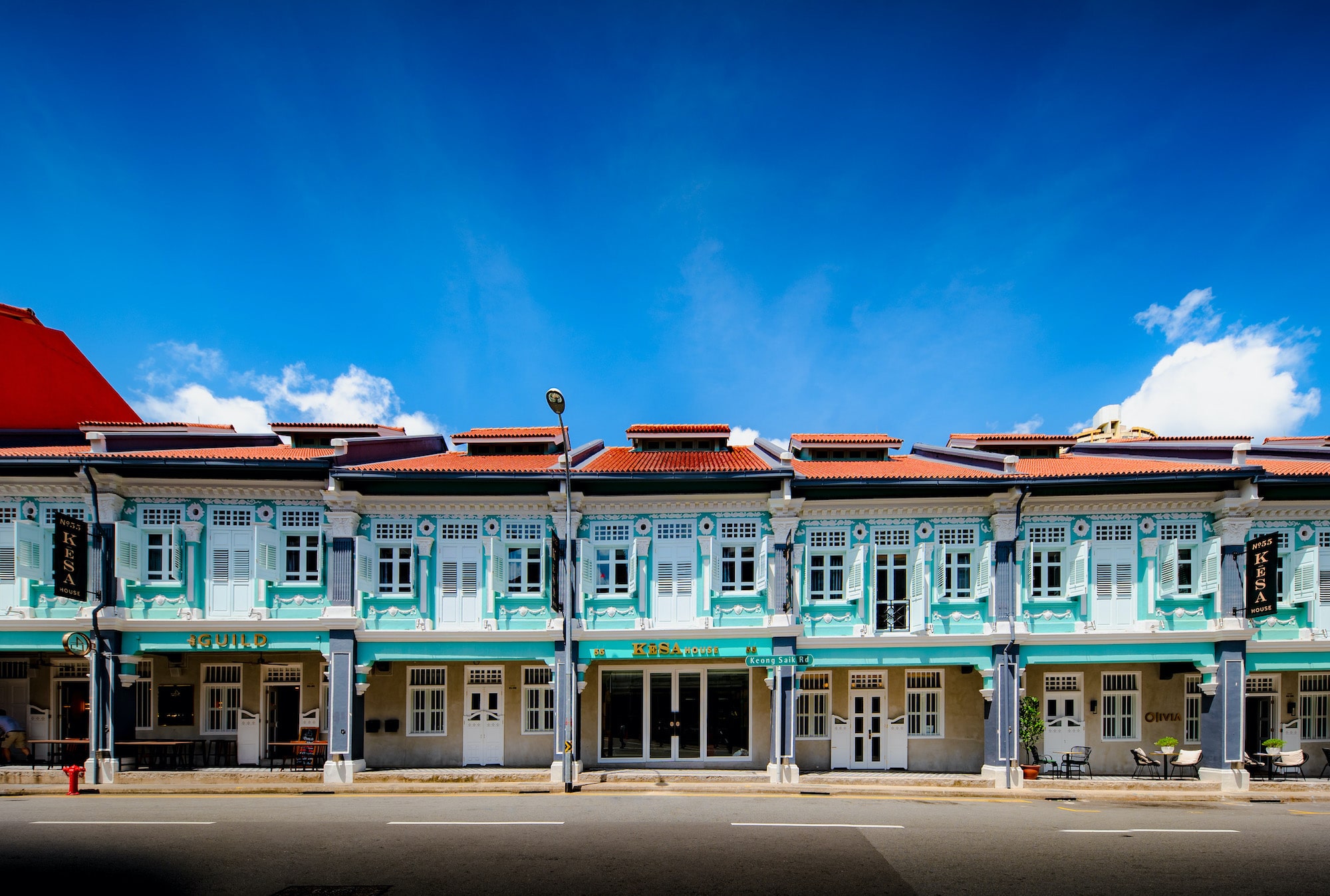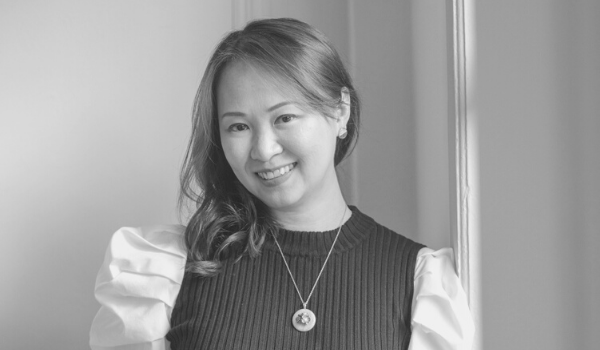The Shophouse Factor

The Singapore shophouse, a timeless facet of our architectural landscape, has a rich history dating back to the 1840s when they were first constructed on the southern end of the Singapore River by early Chinese immigrants who brought with them the ‘plans’ of previous homes.
Today, 6,760 shophouses remain, their striking façade and unique design reminding you of the city’s rich multicultural influences.
A TIMELY TRANSFORMATION
The evolution of our heritage houses can be defined by 5 different architectural styles;
- Early
A minimalist, no-frills structure made from locally sourced materials. These low two-storey structures had wooden ‘shuttered’ windows and clay-tiled roofs, with the ground floor used for trade and upper floors as living quarters.
Stroll down Amoy Street and around Ann Siang Hill to find this style.
- Transitional
In the early 1990s, the first Gen settlers decided to ‘upgrade’ their living style – shophouses became taller, more brightly coloured and facades were lightly adorned with ceramic (or porcelain) ornamentation; a reflection of Singapore’s growing prosperity.
You can find by talking a walk down Stanley Street.
- ‘Late’ (eclectic)
Not so long after, with European (trading) influence, more elegant features like window vents and carvings were introduced. But the design didn’t stop there! Chinese merchants added local flavour with auspicious animal and floral motifs, giving them a very eclectic flair.
Venture around Little India and Jalan Besar to find these gems.
- Art Deco
The art deco movement (20’s to 30s), a reflection of technological advancement and characterised by smooth lines, geometric forms and loud colours, influences a maturer streamlined design style with curved corners, and zigzagged roofs.
Seek out this style around Tiong Bahru, Keong Saik and Club Street.
- Modern
The modern shophouse (50s and 60s builds) takes on a more functional construction style with the introduction air vents, concrete walls, steel windows and flattened roofing.
New Bridge Road is a prime location to spot the modern shophouse.
HERITAGE PRESERVATION
The cultural importance of the shophouse was historically marked in 1989, when over 3,200 buildings, across 10 locales, were gazetted for conservation. The preservation of these ‘conservation houses’ are under the protection of the Urban Redevelopment Authority (URA) and are an important part of Singapore’s development, to add ‘variety to our urban fabric and creates visual contrast in the city, while helping to rejuvenate dilapidated areas into thriving districts.’
As Developers that specialise in conservation property, 8M work closely with the URA and other parties to ensure absolute compliance to conservation guidelines, ensuring the transformation is a contextual fit for modern day use but also retains original stature and charm.
SHOPHOUSES IN OUR MODERN LANDSCAPE
According to real estate research firm Colliers International, shophouses accounted for SGD658 million worth of transactions in the first ten months of 2019, noting an uptick in demand starting from 2015.
8M firmly believes that ‘old is gold’ and that our beloved shophouses provide a solid wealth preservation, holding value and offering prime location and presence for businesses looking for unique spaces that are packed with character. Our business is driven by the rejuvenation and reintegration of Singapore’s iconic shophouses into the evolving Singapore cityscape, breathing life back into these heritage gems and their neighbourhoods.
Do you have a passion for Shophouses too? Do leave us a comment below.
Learn more about our business and find out more about our available spaces for F&B, Office and Retail concepts at www.8Mrealestate.com.


